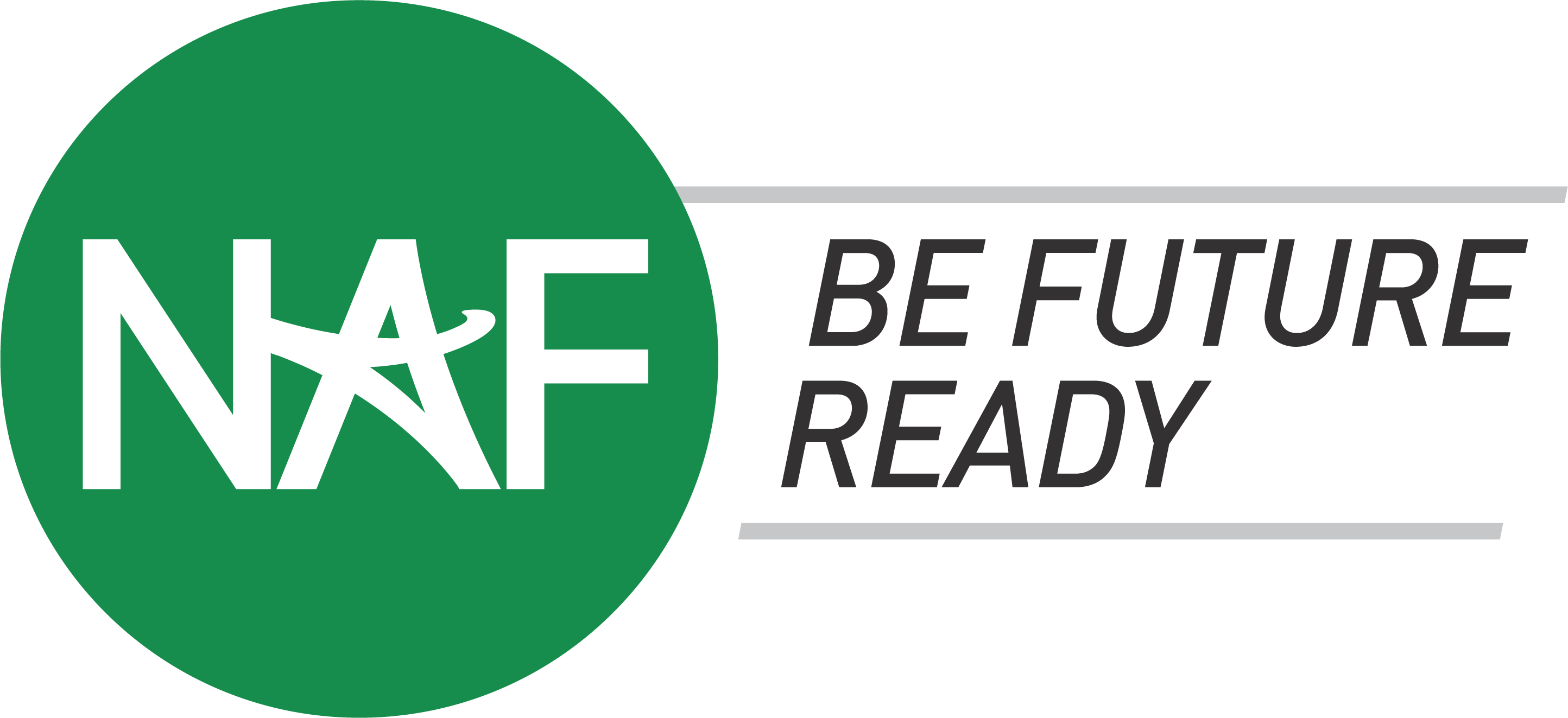BY OLIVIA MCCLURE | Special to The Advocate
Paul Jackson looked on with no small measure of pride as Scotlandville Magnet High School students demonstrated their engineering skills in a competition Saturday.
Thirty years ago, Jackson, the school’s assistant principal, was in their shoes. A 1989 graduate of the school, he was among the first students to complete a selective, engineering-focused magnet program at Scotlandville High that is now celebrating its 35th year.
The anniversary comes at a time when many schools are looking to incorporate STEM — an acronym for science, technology, engineering and math. Scotlandville High’s program came about soon after the school was designated a magnet school in 1982. Ever since then, it’s been offering courses in engineering topics — such as digital electronics, design and development, and robotics — that students can take in place of traditional electives.
Though engineering lessons and activities today have a place in an increasing number of schools, the High School for Engineering Professions — the official name of what functions as a 200-student school within Scotlandville High — still stands out.
“We definitely consider ourselves to be the trailblazers,” said Jackson, who is in his second year as assistant principal. “Some of those other schools actually have come to visit us to try to see how we do what we do.”
Scotlandville’s HSEP is one of six of schools in the country recognized as a Distinguished Academy of Engineering by the nonprofit National Academy Foundation, said principal Tiffany Quiett. That distinction is owed to a teaching model that includes not just engineering classes, but also job shadowing and internships opportunities at local companies, and activities like Saturday’s event, which school officials dubbed an “engineering symposium.”
Students have spent the past couple of months preparing for the symposium, learning about and building catapults with help from local engineers. They put their contraptions to the test on Saturday, trying to launch small rubber balls over short walls and into plastic wading pools.
Industry partners have played a key role at since the engineering program’s inception. Engineers from more than a dozen local firms frequently visit as guest speakers and volunteer to coach students on projects like the catapults. Some also sit on an advisory council that meets with the school administration every month and helps guide the curriculum.
“The (industry) sponsors help you get a feel of engineering,” said Jordan Jefferson, a 12th grader in the program who participated in the catapult event Saturday.
“It’s really an investment in our community and an investment in our future workforce,” said Angela Zeringue, the manager of ExxonMobil’s Baton Rouge Polyolefins Plant and co-chair of the engineering magnet program’s advisory council. “We’ve got students from this program who are working now at ExxonMobil.”
She said it’s important to get kids thinking about possible career paths well before they graduate. “We really need to hook them on the excitement and the opportunities, the kind of careers they can open for themselves by having a solid base in STEM,” she said.
Charlaya Washington, who graduated from the school in 2007 and was in the engineering program, was one of those who got “hooked” early.
“I knew I wanted to do engineering, and this program helped me nail it down to electrical engineering,” said Washington, who now works at Jacobs, leading a team that does electrical engineering and instrumentation projects. “It was based off of one classroom experience. We did an experiment with some resistors, and that led me down the road of electrical engineering. One assignment defined me.”
Washington, who was among several professional engineers who judged the catapult contest, said the program has improved substantially in the 10 years since she graduated. Back then, only one summer engineering internship was available; now there are about 30 such opportunities, she said.
Internships were not part of the program at all when assistant principal Jackson enrolled years ago, and changes have been made to keep up with new technologies. Assignments he would have completed by hand years ago are now done with the same computer software used by industry professionals.
Projects like the catapults teach lessons that are useful even for students who aren’t sure if they want to become engineers.
Senior Brandon Holland, who isn’t in the engineering program but takes a math course associated with it, said preparations for Saturday’s event underscored the value of teamwork and responsibility.
Those are “skills you would need in any job,” Holland said.
Jackson got a degree in accounting and ended up working in education, but said the program he attended and now helps oversee can serve as a foundation for success in many fields.
“Any time you have that strong math and science background,” he said, “it leads you to lots of different areas.”


